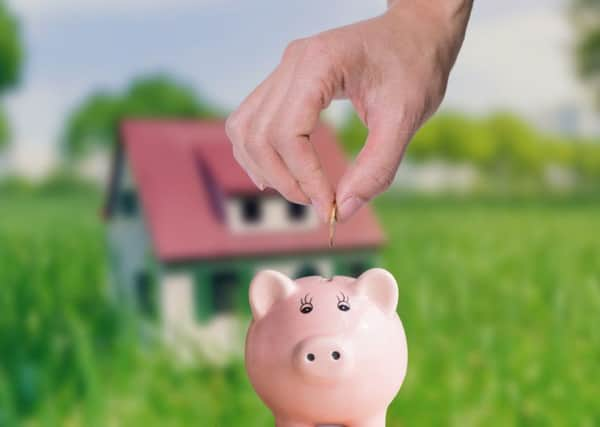Don't let Stamp Duty rules stop your move


Presumably he wanted a more even playing field, and stop the emerging monopoly that he perceived landlords and investors to have on the market.
The success of Osborne’s plan, however, is still up for debate.
Advertisement
Hide AdAdvertisement
Hide AdRather than creating optimum conditions for first time buyers and second steppers he has intensified confusion and cultivated a sense of fear around the implications of Stamp Duty, and the levies owed on inadvertent ownership of multiple homes.
Before the second round of Stamp Duty regulations were activated last year, vendors had the benefit of buying a new property even if it took a little longer to sell their existing property, without owing an additional tax.
The sale and purchase could take place in two transactions at any time – the vendor simply had to consider how they might fund the purchase of a second property without the proceeds from the sale of the first.
Since the introduction of the three per cent levy for multiple home ownership in 2016, however, vendors are now liable to pay an additional surcharge if at the end of their purchase they still own their original property.
Advertisement
Hide AdAdvertisement
Hide AdThis has exerted particular pressure on vendors, who feel compelled to buy and sell in the same transaction in order to avoid additional payments.
When clients can’t line up a sale and purchase on the same day, the extra stamp duty dramatically increases the upfront cost of moving home.
Buying an £800,000 home means paying £30,000 in stamp duty, but if it is an additional home, the tax will be £54,000.
Finding an extra £24,000 is by no means an easy feat for many, so what can be done to alleviate the financial burden?
Advertisement
Hide AdAdvertisement
Hide AdAs ever, Stamp Duty is dominating the agenda and is overshadowing the conditions under which that three per cent might be reclaimed.
This has led to innumerable clients feeling unclear about how to navigate their move and has made some elect to stay put rather than sell.
Crucially – and a key point of demystification in the Stamp Duty conundrum – is that the three per cent surcharge can be refunded, providing the client sells one of their two properties within three years of the purchase.
Indeed, HM Revenue and Customs are set up to process refunds - official figures indicate that they expect to issue 6,800 Stamp Duty refunds for the tax year, 2016-17.
Advertisement
Hide AdAdvertisement
Hide AdFor those who cannot afford the additional surcharge, there is always scope to sell a property before making an offer on a new property, as we recommend.
This affords a more favourable position when negotiating on price, and also demonstrates to vendors that the buyers are both motivated and have minimised their hassle. It also minimises the risk that a chain can sometimes create.
Some who sell before they buy could rent for six months or make an agreement that allows them to stay until they find a new home.
Ultimately, our message is clear – shelve any fears about Stamp Duty surcharges, don’t let this uncertainty preclude a purchase, and rest assured that in most cases any additional levies are refundable.